The fresco known as The School of Athens was painted by Raphael between 1510 and 1511. In it, Aristotle and Plato hold court with other ancient philosophers in an idealized setting. By the start of the 1500s, Raphael’s fame — particularly for his renditions of the Virgin Mary — had spread to Rome. In 1508, noted architect Bramante introduced Raphael into the papal court, which was beginning to finance major artistic projects and would soon become an important meeting place for humanists and intellectuals.
Pope Julius II commissioned Raphael to paint the “Stanze,” originally intended as suite of apartments. In them, the Pope sought a synthesis between classical culture and the Christian message. The pope’s private library was located in the “Stanza della Segnatura.” Raphael decorated its walls with four frescoes, metaphors for spiritual truth, justice, and beauty. The fourth was an allegory of rational truth. This was “The School of Athens,” an imposing 7.7-meter-wide work. Perspective in the composition converges toward the center.
The immense marble structure is decorated with pagan sculpture. The statues of Apollo and Minerva represent the world of myth. Plato’s face shows a distinct resemblance to that of Leonardo Da Vinci. He’s at the center of the fresco, pointing upward, indicating the world of ideas. To his left, Aristotle points downward to pay homage to the natural world. Socrates, meanwhile, debates with the citizens of Athens. Around these central figures stand other major philosophers and mathematicians of the period, including Pythagoras, Xenon, and Diogenes. Euclid, drawn to look like Bramante, can be seen teaching his students. Nearby, Zoroaster holds up a sphere of the heavens while Ptolemy studies a globe that represents earth. A thoughtful Heraclitus bears some resemblance to the painter Michelangelo. Raphael was paying homage to him after having seen the Sistine Chapel frescoes in 1511. Four figures peer from the painting toward the viewer with deeply heartfelt gazes. These are the female figure in a white robe, two small girls, and a self-portrait of Raphael. The simple gestures of the debating philosophers help render the abstractness of philosophy human.
The style is monumental. The four arches of the building in the fresco are in harmony with each other, giving the painting perspective and depth. On April 22, 1996, “The School of Athens” was put back on display following a lengthy restoration, during which a number of never-before-seen fingerprints were found impressed upon the fresco. In all likelihood, these are the fingerprints of Raphael himself. Today the painting is on display at the Vatican Museum.
Pope Julius II commissioned Raphael to paint the “Stanze,” originally intended as suite of apartments. In them, the Pope sought a synthesis between classical culture and the Christian message. The pope’s private library was located in the “Stanza della Segnatura.” Raphael decorated its walls with four frescoes, metaphors for spiritual truth, justice, and beauty. The fourth was an allegory of rational truth. This was “The School of Athens,” an imposing 7.7-meter-wide work. Perspective in the composition converges toward the center.
The immense marble structure is decorated with pagan sculpture. The statues of Apollo and Minerva represent the world of myth. Plato’s face shows a distinct resemblance to that of Leonardo Da Vinci. He’s at the center of the fresco, pointing upward, indicating the world of ideas. To his left, Aristotle points downward to pay homage to the natural world. Socrates, meanwhile, debates with the citizens of Athens. Around these central figures stand other major philosophers and mathematicians of the period, including Pythagoras, Xenon, and Diogenes. Euclid, drawn to look like Bramante, can be seen teaching his students. Nearby, Zoroaster holds up a sphere of the heavens while Ptolemy studies a globe that represents earth. A thoughtful Heraclitus bears some resemblance to the painter Michelangelo. Raphael was paying homage to him after having seen the Sistine Chapel frescoes in 1511. Four figures peer from the painting toward the viewer with deeply heartfelt gazes. These are the female figure in a white robe, two small girls, and a self-portrait of Raphael. The simple gestures of the debating philosophers help render the abstractness of philosophy human.
The style is monumental. The four arches of the building in the fresco are in harmony with each other, giving the painting perspective and depth. On April 22, 1996, “The School of Athens” was put back on display following a lengthy restoration, during which a number of never-before-seen fingerprints were found impressed upon the fresco. In all likelihood, these are the fingerprints of Raphael himself. Today the painting is on display at the Vatican Museum.
RELATED
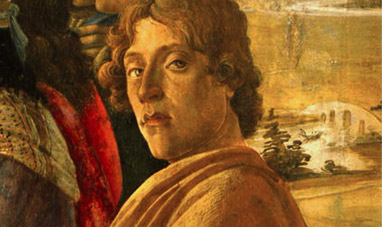

SANDRO BOTTICELLI
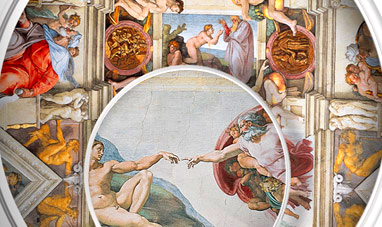

THE SISTINE CHAPEL


MADONNA OF THE GOLDFINCH


LAS MENINAS


GIOTTO-S-FRESCOES-IN-THE-ASSISI-CATHEDRAL
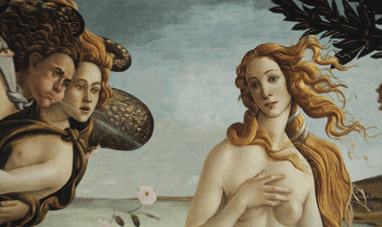

THE RENAISSANCE
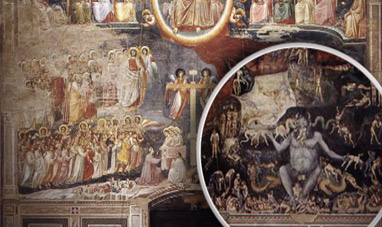

SCROVEGNI CHAPEL
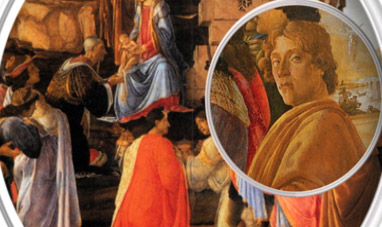

THE ADORATION OF THE MAGI
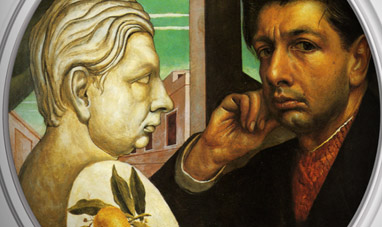

SELF PORTRAIT (GIORGIO DE CHIRICO)
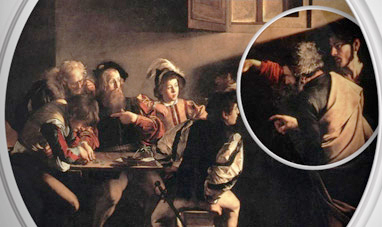

THE CALLING OF ST. MATTHEW


ST. PETER'S BALDACHIN


BAROQUE
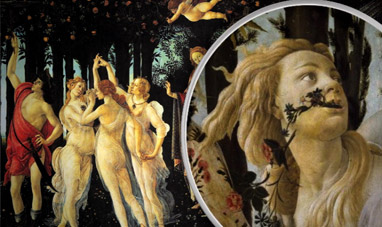

PRIMAVERA


ROMANTICISM
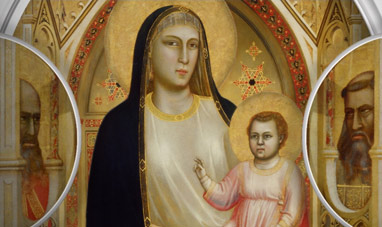

THE MADONNA DI OGNISSANTI
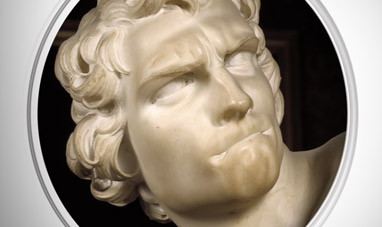

DAVID (BERNINI)


DREAM CAUSED BY THE FLIGHT OF A BEE AROUND A...


THE CRUCIFIX OF SANTA MARIA NOVELLA
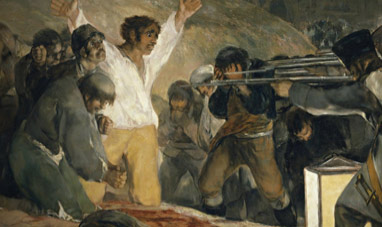

THE THIRD OF MAY 1808: THE EXECUTION OF THE DEFENDERS...
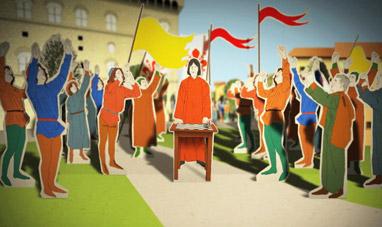

LORENZO DE' MEDICI
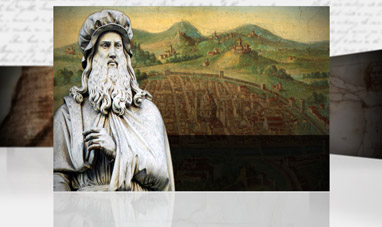

LEONARDO DA VINCI


THE ECSTASY OF SAINT TERESA
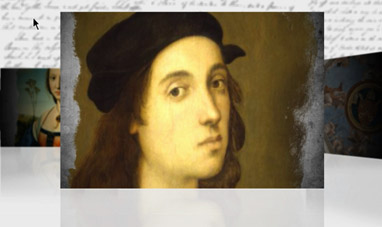

RAPHAEL
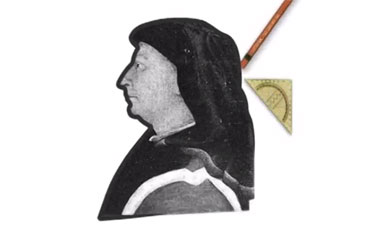

FILIPPO BRUNELLESCHI
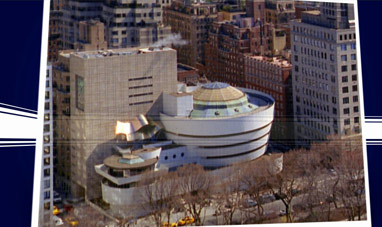

SOLOMON R. GUGGENHEIM MUSEUM
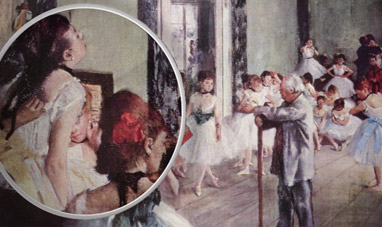

THE DANCE CLASS


SATURN DEVOURING HIS SON
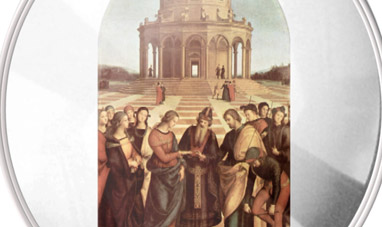

THE MARRIAGE OF THE VIRGIN
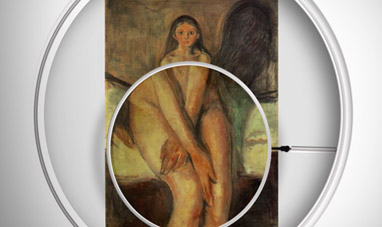

PUBERTY
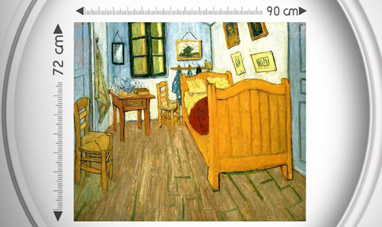

THE BEDROOM
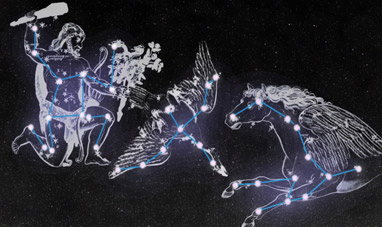

CONSTELLATIONS
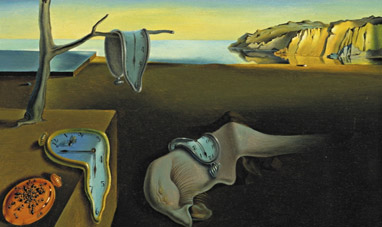

THE PERSISTENCE OF MEMORY


DISQUIETING MUSES
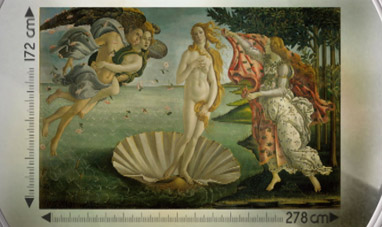

THE BIRTH OF VENUS
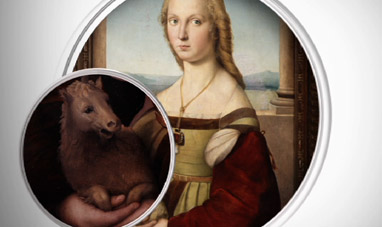

YOUNG WOMAN WITH UNICORN
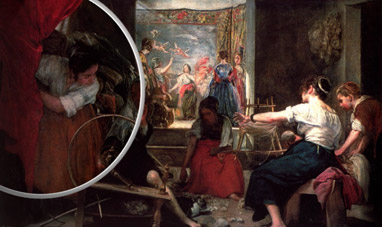

LAS HILANDERAS
